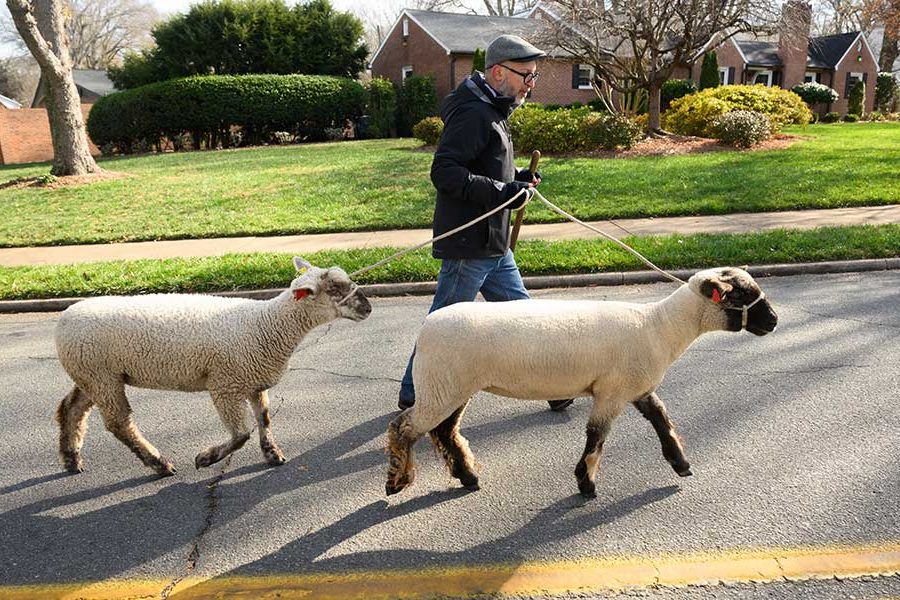African-American books need place in the classroom
Teachers should share African-American books with children throughout the school year, says Loraine Stewart, associate professor of education at Wake Forest University.
“Including diverse literature has important benefits for children,” says Stewart, who has published several articles and led numerous workshops on integrating African- American children’s literature into the elementary school curriculum. “We live in a very diverse society, so materials we use in our classrooms should represent that diversity.”
“These books help African-American children feel a sense of validity,” she says. Providing characters that look like them and have experiences similar to their own can make school lessons more relevant to minority students.
The books can also help children of all ethnic groups understand and relate to African-Americans. For those who do not have exposure to African-Americans in their neighborhoods or schools, books presented at school may be the only opportunity to get a look into the life of an African-American child, she says.
“Stories about African-Americans can provide ways for children to learn about such personal trials as poverty and rejection, and to discuss difficult issues like slavery and racism,” Stewart adds.
Many teachers agree that African-American literature should be included in the elementary curriculum, but struggle with selecting appropriate books and finding time and ways to include them, says Stewart, who taught fourth grade for five years. That is why she developed a list of books featuring African-Americans that is directly tied to grade level requirements in the elementary school curriculum. She spends countless hours scouting the shelves of bookstores and libraries to constantly update her list of recommended books.
She likes to focus on books that have “real-life” themes. She particularly likes books that show African-American children doing daily activities.
Donna Guthrie’s book, “A Rose for Abby,” is one of Stewart’s favorites. The picture book for children in kindergarten through third grade is perfect for addressing civic responsibility and can be used to teach several social studies lessons, she says. The book tells the story of how a young African-American girl’s concern for a homeless woman motivates an entire neighborhood to help feed the homeless.
Stewart suggests that teachers can keep many of their classroom classics, while making room for a few books with a multicultural perspective. She also provides information to the student teachers she supervises, so that they will be more familiar with the best African-American books for children and be open to using them once they get their first teaching jobs.
If a child’s teacher has not taken steps to integrate African-American literature into their classroom, parents can help.
When parents are invited to read to their child’s elementary school class, they should consider a book that features an African-American character, Stewart says. Parents can offer to add one of the titles Stewart recommends to the teacher’s classroom “book basket.” Parents can also read quality African-American books to their children at home.
Following is a short list of some of Stewart’s favorite African-American books for elementary school children:
- “Jamal’s Busy Day” by Wade Hudson
- “Somebody’s New Pajamas” by Isaac Jackson
- “Amazing Grace” and “Boundless Grace” both by Mary Hoffman
- “Dinner at Aunt Connie’s House” by Faith Ringgold
- “Dear Benjamin Banneker” by Andrea Davis Pinkney
- “The Best Bug to Be” by Dolores Johnson
- “Something Beautiful” by Sharon Wyeth
- “Let It Shine: Stories of Black Women Freedom Fighters” by Andrea Davis Pinkney




